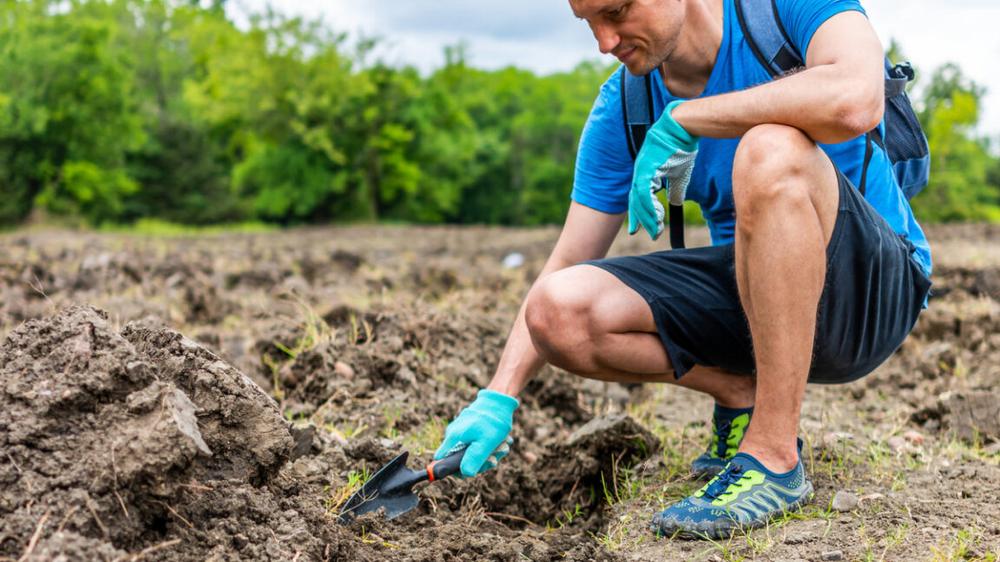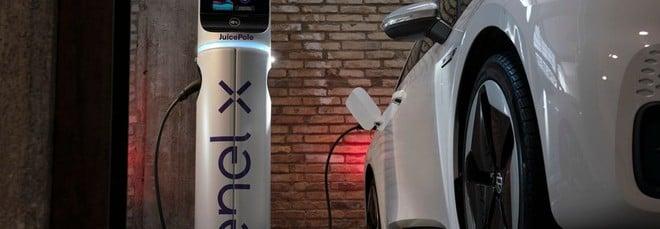In southwest Arkansas, the state government runs what might be the world's most unusual diamond mine. For the price of a movie ticket, anyone can dig for diamonds at Crater of Diamonds State Park—and keep whatever they find.
The 37-acre search field near Murfreesboro sits atop an ancient volcanic pipe that erupted roughly 100 million years ago. That eruption brought diamonds that formed deep within the Earth's mantle to the surface, where they now wait in the soil for anyone with a garden trowel and patience.
The Crater of Diamonds site hosted multiple commercial mining attempts between 1906 (when John Wesley Huddleston found the first diamonds) and the park's opening in 1972. Several companies tried to make the operation profitable but failed due to the relatively low concentration of diamonds compared to commercial mines elsewhere.
Arkansas could have leased this land to a mining company. Instead, the state maintains it as the only diamond-producing site in the world where the public can search for diamonds in their original volcanic matrix and keep what they find.
Since Arkansas turned this geological oddity into a state park in 1972, visitors have found more than 35,000 diamonds. The park operates on a simple principle that sounds almost too good to exist in modern America: Everything you find belongs to you, no questions asked, no revenue sharing, no fine print. However, finding diamonds is not as easy as it sounds.
How the search works
The diamond search area at the park consists of plowed dirt that the park staff tills regularly to bring new material to the surface. The park doesn't require special licenses or limit how often you can visit. However, the rules prohibit motor-driven equipment and require that holes be filled before leaving.
A travel blogger named Liz Mays from the blog "Get Lost in the USA" visited the park earlier this year and described seeing families, hobbyists, and experienced diggers with various equipment. Some visitors walked around casually, looking at the ground, while others brought wagons and wheelbarrows to haul supplies. Visitors can rent basic tools from the park on a first-come, first-served basis or bring their own shovels, buckets, and sifting screens.
The park provides two covered pavilions with water troughs and tables for wet sifting, plus open sluice boxes with hand-operated water pumps at both ends of the field. Four shaded structures are available in the search area; however, visitors are also welcome to bring their own canopies or tents, provided they are well-secured.
The diamonds formed under extreme pressure and heat deep in the Earth's mantle. If you find one, it will most likely look like a metallic or glassy pebble rather than a sparkly cut gem that you might picture in your mind. The volcanic soil also contains amethyst, garnet, jasper, agate, and various types of quartz (and you can keep those, too).
The largest diamond found in the United States came from this field—the 40.23-carat Uncle Sam diamond, discovered in 1924 before the land became a state park. In September 2021, California visitor Noreen Wredberg found a 4.38-carat yellow diamond after searching for two hours, and in 2024, a visitor named Julien Navas found a 7.46-carat diamond at the park.
The park received over 180,000 visitors in 2017, who found 450 certified diamonds of various colors. Of the reported diamond finds, 299 were white, 72 were brown, and 74 were yellow.
Park staff told Mays that visitors find one or two diamonds daily, so "keep your expectations in check," she writes. Most diamonds discovered are about the size of a paper match head, while a one-carat diamond is roughly the size of a green pea. But even tiny diamonds carry the thrill of discovery. Park staff provide free identification services, examining finds under loupes and confirming whether that glassy pebble is quartz or something more valuable.
A family experience
For those wanting to join the thousands who visit each year, the park makes it affordable. Admission costs $15 for adults, $7 for children ages 6–12. You can camp overnight at the park and return to the field at dawn. During summer months, the park operates a small water park—an acknowledgment that diamond hunting in Arkansas can be brutal, with a heat index exceeding 110° Fahrenheit.
Sometimes rain turns the field into mud, which experienced searchers prefer because it makes diamonds easier to spot—but it can make for a messy adventure. As Mays put it, "Most visitors leave with a handful of interesting rocks, some newfound knowledge, and an urgent need for a long shower."
If you don't find any diamonds at the park, don't despair—you could still potentially buy a $200,000 diamond-making machine on Alibaba.

 Maximulta dell’Antitrust a Enel X ed Enel X Way per abuso di posizione dominante
Maximulta dell’Antitrust a Enel X ed Enel X Way per abuso di posizione dominante